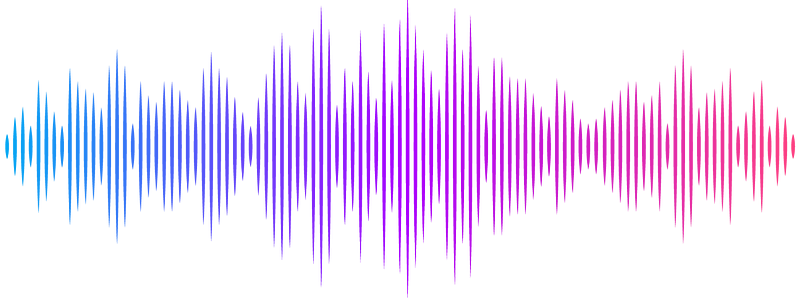Glial voltage-gated K+ channels modulate the neural abiotic stress tolerance of Drosophila melanogaster

Glial voltage-gated K+ channels modulate the neural abiotic stress tolerance of Drosophila melanogaster
Andersen, M. K.; Livingston, D. B. H.; Robertson, R. M.; MacMillan, H. A.
AbstractSevere abiotic stress causes insects to lose nervous function and enter a state of paralytic coma. Central to this loss of function is a spreading depolarization (SD), where a characteristic collapse of ion gradients depolarizes neuronal and glial membranes and rapidly shuts down the CNS. Despite representing a critical limit to CNS function, the stress threshold that elicits SD can be altered by the process of acclimation, though the mechanisms underlying this response remain largely unknown. Here, we made electrophysiological measurements of SD and investigated the role of K+ channels in acclimation of the CNS stress response of Drosophila melanogaster. First, we demonstrate that improved cold tolerance in the CNS elicited by cold acclimation was abolished by pharmacological blockade of K+ channels with voltage-gated K+ channels representing most of this effect. Next, we used the UAS/Gal4 model system to screen for candidate genes encoding glial voltage-gated K+ channels and found that knockdown of sei- and Shaw-encoded channels mimicked the effect of K+ blockade in cold-acclimated flies. Furthermore we show that the knockdown of glial sei-encoded channels also impair tolerance to anoxia and heat stress. These findings suggest that voltage-gated K+ channels, especially those encoded by sei, are integral to the CNS stress- and acclimation-response and we posit that this is elicited through mechanisms involving glial spatial buffering and barrier function. Establishing such causal links between tissue-specific expression of candidate genes and SD mechanisms will inevitably aid our understanding of insect ecophysiology and SD-related neuropathologies.


